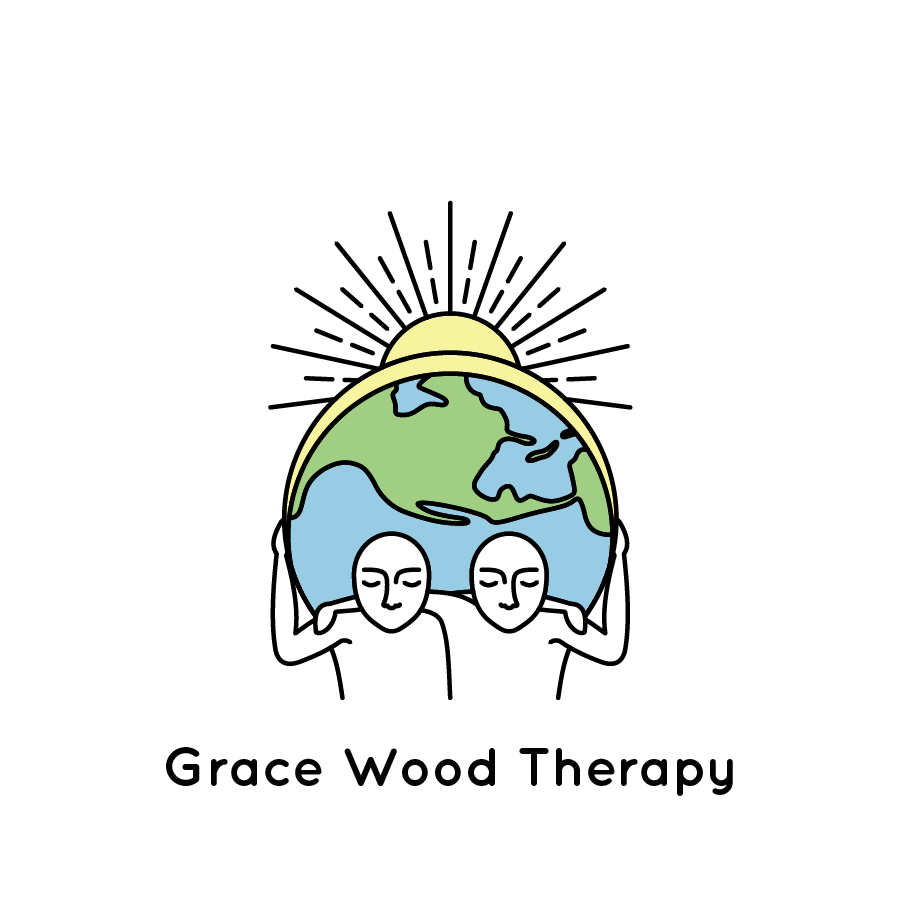My last post was about mindfulness, so I think it fitting for this one to be about psychedelic drugs. The two, though very different, have a very similar effect on the brain. Research is once again starting to pick up around psychedelics and the brain. This research started once before with promising results, though was perhaps taken on too hastily. Research abruptly stopped once this class of drug was deemed by the DEA as Schedule I, along with the other most highly controlled substances (one of which is marijuana).
The DEA says this about Schedule I drugs:
The drug or other substance has a high potential for abuse. • The drug or other substance has no currently accepted medical use in treatment in the United States. • There is a lack of accepted safety for use of the drug or other substance under medical supervision. • Examples of Schedule I substances include heroin, gamma hydroxybutyric acid (GHB), lysergic acid diethylamide (LSD), marijuana, and methaqualone.
These must be dangerous, dangerous drugs to be Schedule I, right?
Most research says no, not really. At least, not all of them.
Caffeine is a much more addictive drug than most psychedelics, and is probably more likely to cause health problems. Any drug comes with risk, but some of them the DEA have deemed safe and others not—this has more to do with politics, often, than the actual safety of the drug.
But what is it that psychedelics do, and how could they be helpful in therapy?
The brain works kind of like this:
Thoughts we can put into words — “Conscious”
Thoughts we can’t put into words — “Unconscious”
In other words:
Thoughts we can put into words — “ego”
Thoughts we can’t put into words — “ego-less”
In OTHER other words:
Ego/consciousness -- “Default Mode Network”
The Default Mode Network (DMN) is kind of a new concept in psychology. The DMN is basically the pathways in our brain that have developed over time since we were kids. For some, those pathways are worrisome in nature—something happens and their “default mode” is to worry about it. The pathways develop in certain ways based on what we are exposed to and what we need in order to survive. We can actually see the DMN light up in fMRIs. We can see that it is more active when serotonin levels are low, and less active when serotonin levels are high.
The DMN lights up quite a bit in people with depression, anxiety, OCD, and PTSD. People with these diagnoses have pathways that are so quick and ready in their brain, they light up with everything they see. That’s why antidepressants (SSRI’s) work—they raise serotonin levels and quiet down the DMN.
Psychedelics often cause what people describe as an ego-less experience or “ego death”. They think about things in new and different ways, and see things about themselves that they have never seen before. Psychedelics cause a rapid increase of serotonin in the brain, much faster than SSRI’s. The brain of a person on LSD or Psilocybin looks shockingly similar to the brain of a person who has been practicing mindfulness for years and years. What do they have in common? No activation in the DMN.
When you look at it this way, when you see the research that’s happening and talk to people who have experienced the effects, it’s hard not to see the therapeutic value. As much as talk therapy can help, clients can only talk about the thoughts and feelings they can put into words. There’s a lot more to us than that. Psychedelics shine a light on those things. They lower our sense of ego and show us the much bigger parts of ourselves that are hidden beneath it. This can also be done through practicing mindfulness, which I think is incredibly important. There’s no reason for them not to go hand in hand.
Psychedelic assisted psychotherapy is illegal for now, but I have hope that as research grows, the DEA will be forced to see reason. I hope they will see that Benzodiazepines are much more of a risk to our mental health than natural medicines like Psilocybin. I hope that research continues so we can continue to learn what these substances really do and how we can use that to help people feel better.
EDIT: I added a new blog about Psychedelic Integration Therapy. Read here about what that looks like in my practice.
EDIT: I joined Austin-based podcast Secular Sexuality to talk about psychedelic assisted psychotherapy this week! Check it out here.


